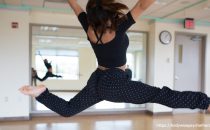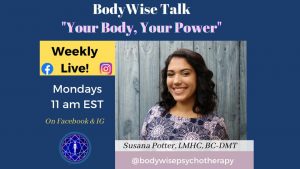Dancing Towards Wellness: Insights into Movement Therapy
Dancing Towards Wellness: Insights into Movement Therapy Welcome to “Dancing Towards Wellness,” where I, as a dance psychotherapist, invite you to explore the transformative power of dance and movement therapy. Throughout this blog, we’ll delve into how movement therapy enhances physical, mental, and emotional well-being. But before we journey into the depths of this therapeutic […]







